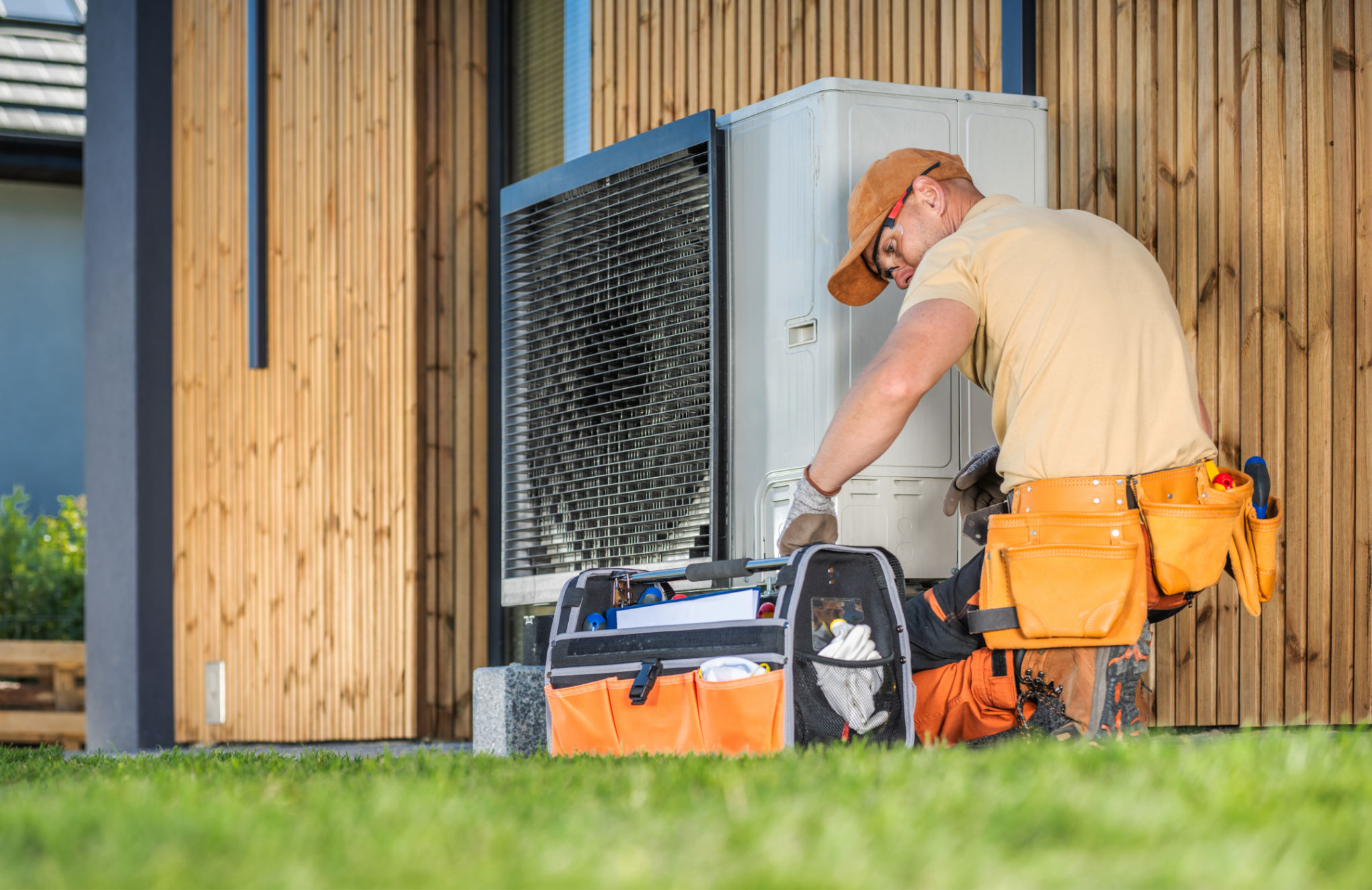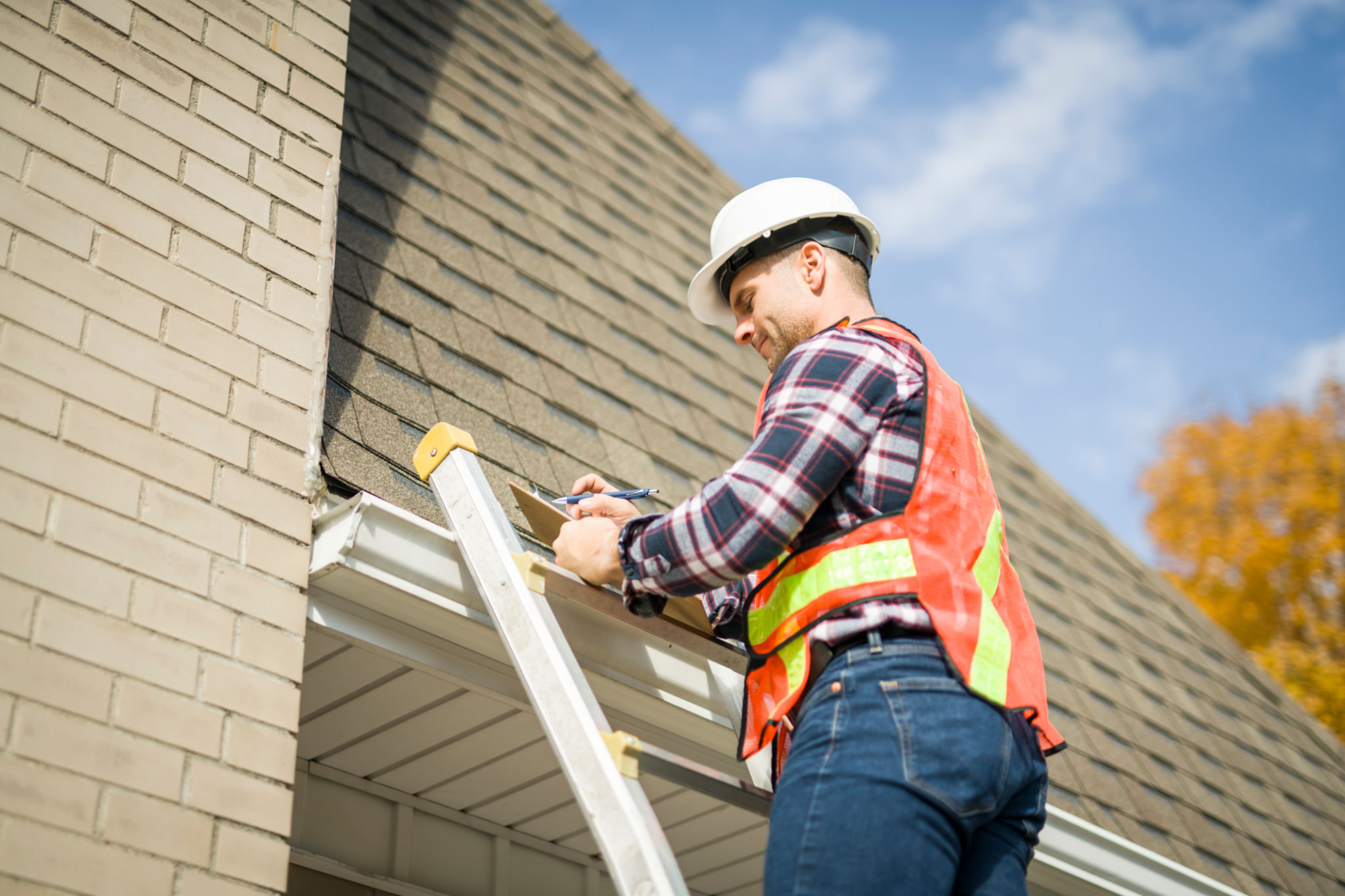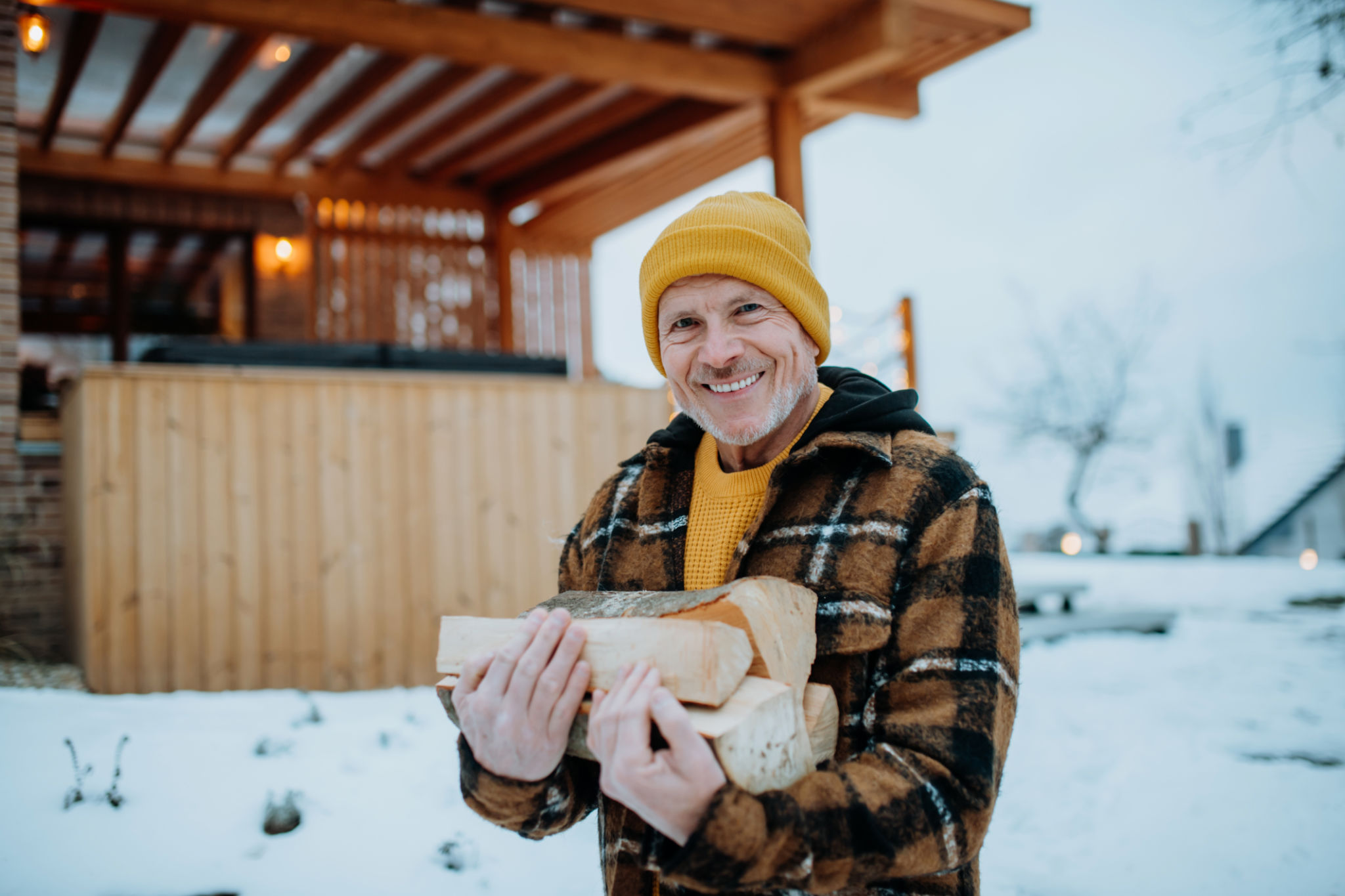Preparing Your Home for Winter: Essential Repairs and Installations
Inspect and Seal Windows and Doors
As the temperatures start to drop, it's crucial to ensure that your home is well-insulated. One of the most common sources of heat loss is through windows and doors. Begin by inspecting all windows and doors for any gaps or cracks. Use caulk or weatherstripping to seal these openings, effectively keeping the cold air out and the warm air in.
Additionally, consider installing storm doors and windows. These can provide an extra layer of protection against harsh winter conditions. They not only help in insulation but also add an extra barrier against snow and ice.

Check Your Heating System
Your heating system is essential for maintaining a comfortable home during winter. Schedule a professional inspection to ensure that your furnace or heat pump is operating efficiently. Regular maintenance can prevent unexpected breakdowns during the coldest months.
Don't forget to replace or clean your furnace filters regularly. A clean filter improves air quality and helps your heating system work more efficiently, saving on energy costs.

Insulate Your Attic
An inadequately insulated attic can lead to significant heat loss, increasing your heating bills. Check your attic's insulation levels and add more if necessary. Proper insulation will help maintain a consistent temperature in your home and prevent ice dams on your roof.
Consider using eco-friendly insulation materials that are both effective and sustainable. Investing in quality insulation can provide long-term savings and improve your home's energy efficiency.

Prepare Plumbing for Freezing Temperatures
Frozen pipes are a common issue in winter, which can lead to costly repairs. Insulate pipes in unheated areas such as basements, attics, or garages to prevent freezing. Additionally, disconnect outdoor hoses and shut off exterior faucets to protect them from the cold.
If you're planning to be away during the winter months, ensure your home is adequately heated to prevent plumbing issues. Setting your thermostat to a minimum of 55°F can help prevent pipes from freezing.
Roof and Gutter Maintenance
Your roof and gutters play a crucial role in protecting your home from winter weather. Inspect your roof for damaged or missing shingles and have them repaired promptly. This will help prevent leaks caused by melting snow.
Clear gutters of leaves and debris to ensure proper drainage. Clogged gutters can lead to water damage and ice dams, which can be detrimental to your home's structure.

Test Smoke and Carbon Monoxide Detectors
With increased use of heating systems, the risk of fire and carbon monoxide poisoning also rises. Test all smoke and carbon monoxide detectors in your home to ensure they are functioning correctly. Replace batteries if needed and consider installing additional detectors if necessary.
Having functional detectors is vital for the safety of your household during the winter months when windows are often closed, reducing ventilation.
Winterize Outdoor Spaces
Don't forget about your outdoor spaces when preparing for winter. Cover or store patio furniture to protect it from snow and ice. Additionally, drain fountains and water features to prevent freezing damage.
If you have a garden, consider mulching around plants to help them retain moisture and stay insulated against the cold.

Stock Up on Winter Essentials
Finally, ensure you are prepared for any unexpected winter storms by stocking up on essentials. Keep a supply of non-perishable food, water, and medications. Have an emergency kit with flashlights, batteries, and blankets readily available.
Investing time in these preparations can help you enjoy a warm, safe, and comfortable winter season in your home.